iFi hip-dac 3 Hifi Portable Headphone Amplifier – Hewn Titanium Shadow
iFi hip-dac 3 is a $199 USD DAC and Headphone Amplifier, with a dark titanium color / what I would call coffee colored, and with a similar design as the ifi hip-dac2 that we reviewed before, but improved technical performance, and a smoother, less gaudy design. Today we will review hip-dac3 and briefly compare it to other entry-level DAC/AMPs, including FiiO K11 R2R (169 USD), iFi Zen DAC V3 (229 USD), and Shanling H2 (169 USD).
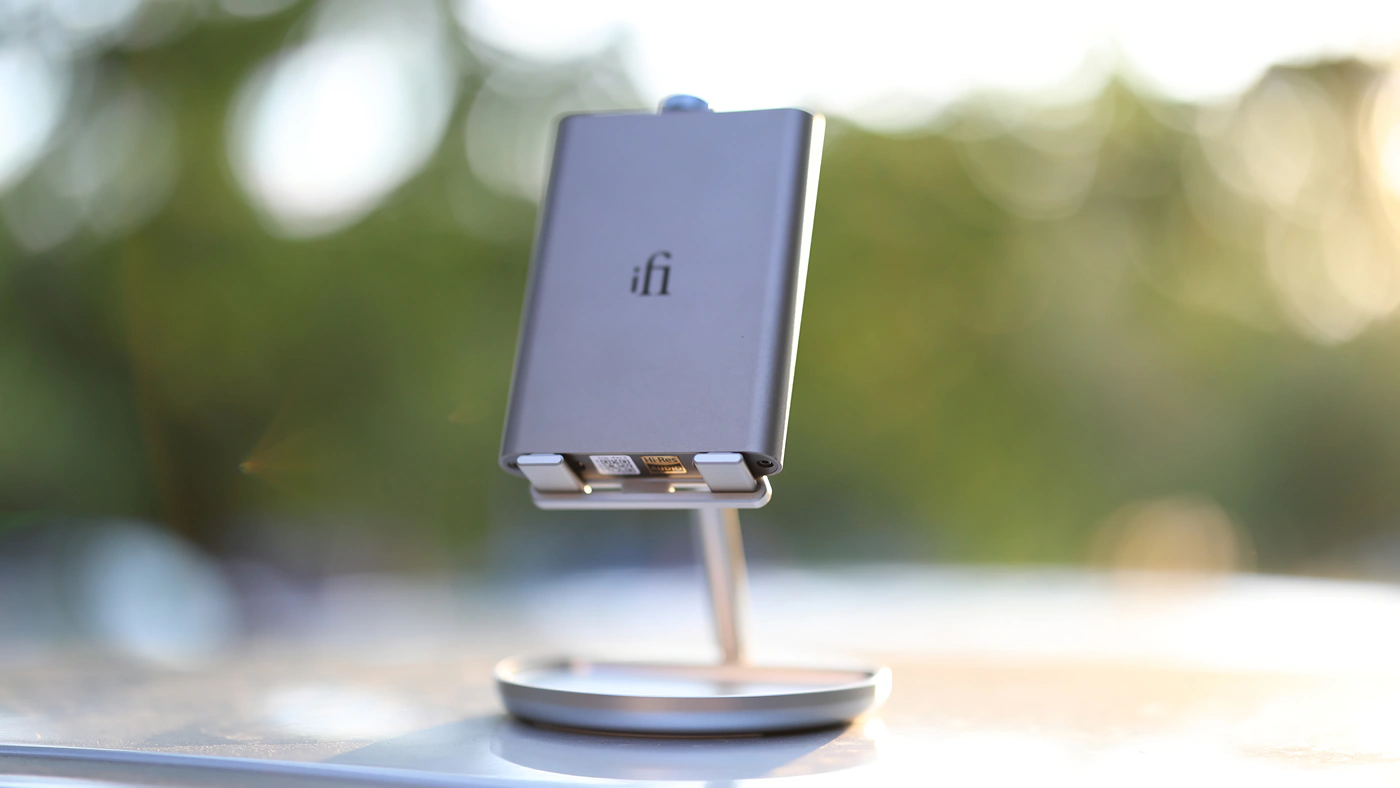
Introduction
iFi is a large company from the UK, but their products are sold internationally through hifi sales channels, including Amazon, and other large shops, each country typically having a dedicated representative like WOD Audio in Germany. As an Amazon Influencer, I earn from qualifying purchases, and using the purchase links in my reviews helps me maintain this website and Youtube Channel. Huge thanks to iFi Audio for providing us with the sample for this review.
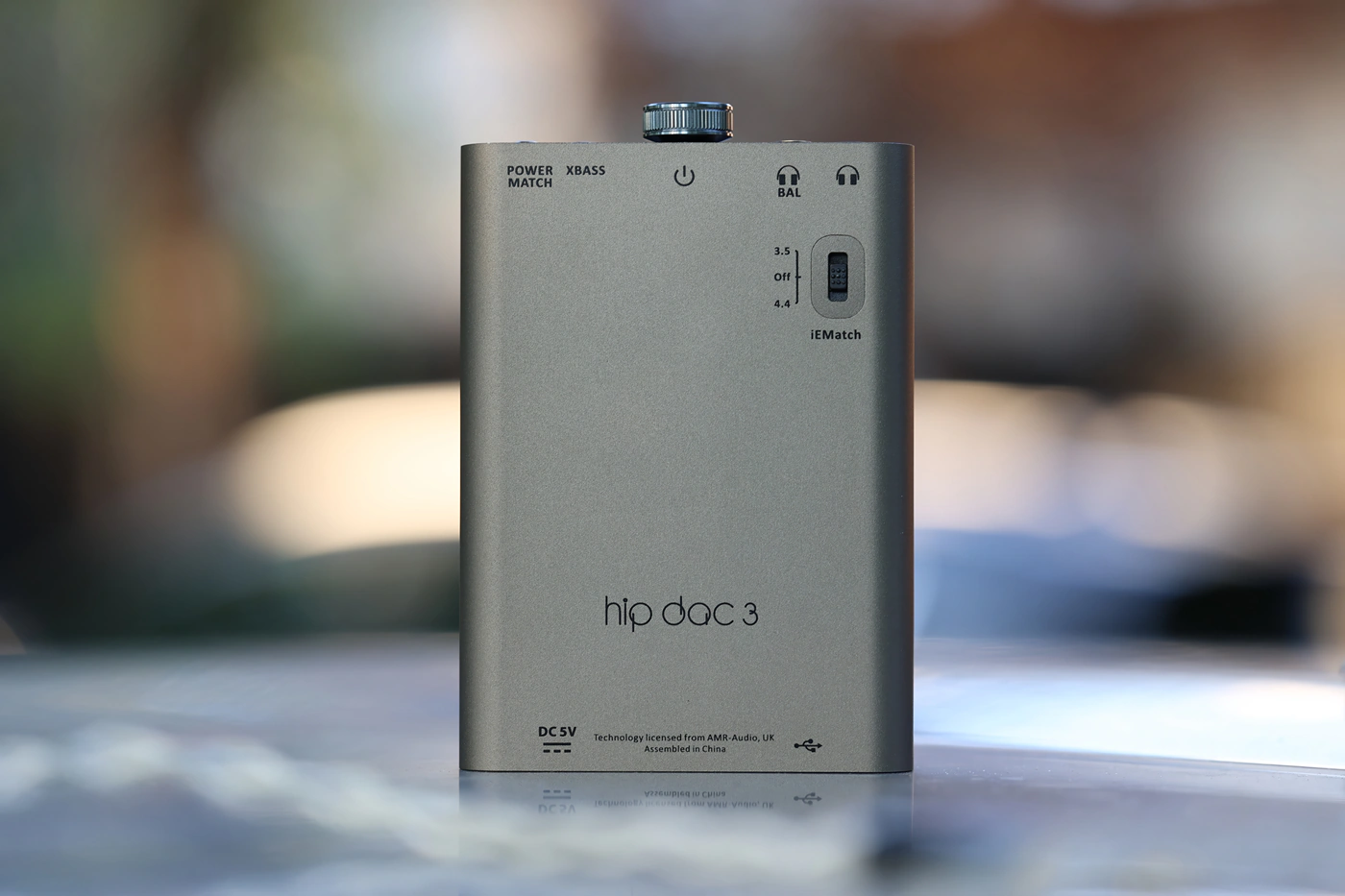
PROs – Excellent resolution and detail revealing ability, exceptional construction quality, no USB DAC delay, and no USB drivers needed. It can actually drive IEMs and most headphones fairly well without xbass and Iematch engaged.
Cons – No case included in the basic package, iEMatch and Power Match both have a compression effect, XBass affects mostly the 50Hz – 160 Hz range, with less effect in the sub bass.
Product Link
Amazon – https://amzn.to/478NQw3
Aliexpress – https://s.click.aliexpress.com/e/_DEapnVV
Build Quality/Aesthetics
iFi hip-dac has been a series of happy-looking and colorful DACs, but it seems like the whole series now succumbed to the modern, toned down and sleek aesthetic approach that dominates our world, with a dark titanium color for the new hip-dac3, and similar to how mcdonalds is now not a place for happy children but hungry adults, hip-dac3 is far less hip than it is a proper hifi DAC/AMP for adults who want to blend in. I kind of miss the bright aqua blue of the first hip-dac and the bright autumn rusy leave color of the hip-dac2. This being said, the rest of the design is exactly the same, with hip-dac3 being a sleek, lightweight DAC/AMP, having no sharp edges besides the front and the back edge of the main chassis, both of which have zero chamfer.
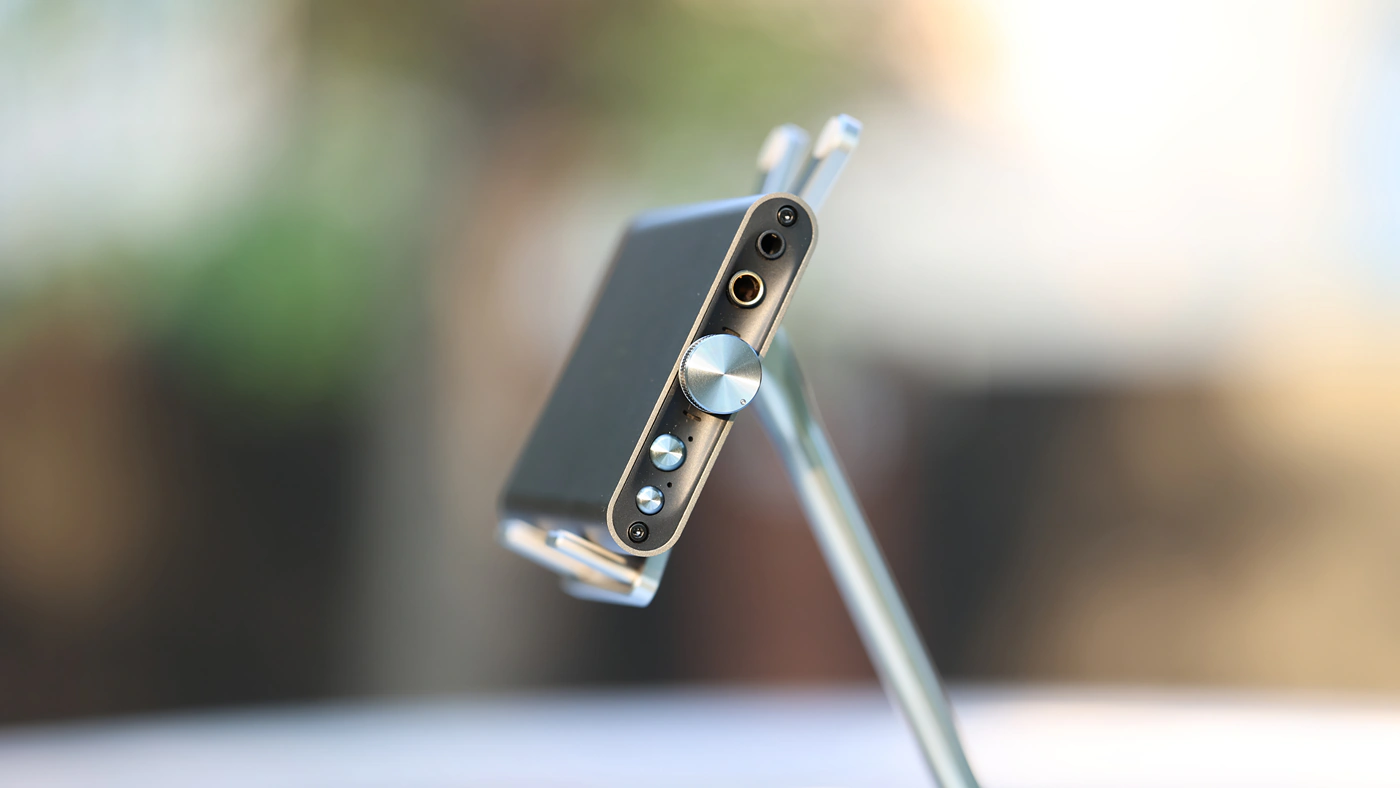
At the back we can find two USB Type-C ports mirrored perfectly at the same distance from the top, bottom and the sides, which is a bit of an upgrade from the design of the hip-dac2 that required an OTG converter instead of a type-c cable. I am seeing so many devices that have a separate cable for data and charging, but still no reliable way to provide that charge, as noise from my computer is transmitted if using the charge port, with an external battery being the only way to isolate yourself from the noise.
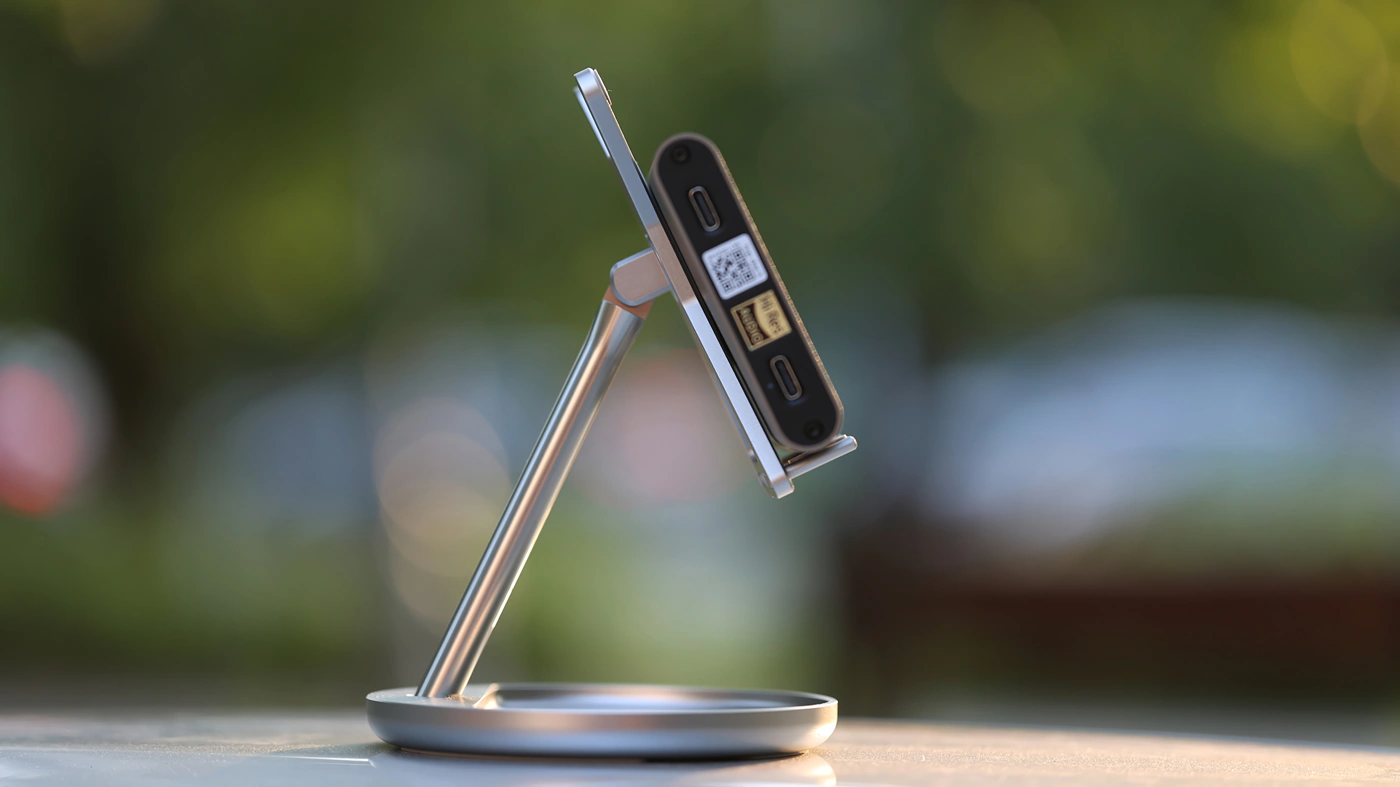
On the bottom of hip-dac3 we have a switch to engage the new iFi iEMatch, which cuts out the noise floor for IEMs, at the cost of compressing the dynamic range. The size is a convenience, as hip-dac3 easily fits inside of a bag or pocket, and it also has a battery, so it will not drain your smartphone. We have a true balanced headphone circuit, with iFi custom OV OP-AMP, and a low-noise power supply IC from Texas Instruments, and a premium analogue volume pot. The AMP can deliver up to 400mW of power for a 32 OHM load, making it compatible with most easy to drive headphones. It has good performance with high-impedance headphones like Sivga SV 023, having a voltage of 6.3V for a 600 OHM impedance.
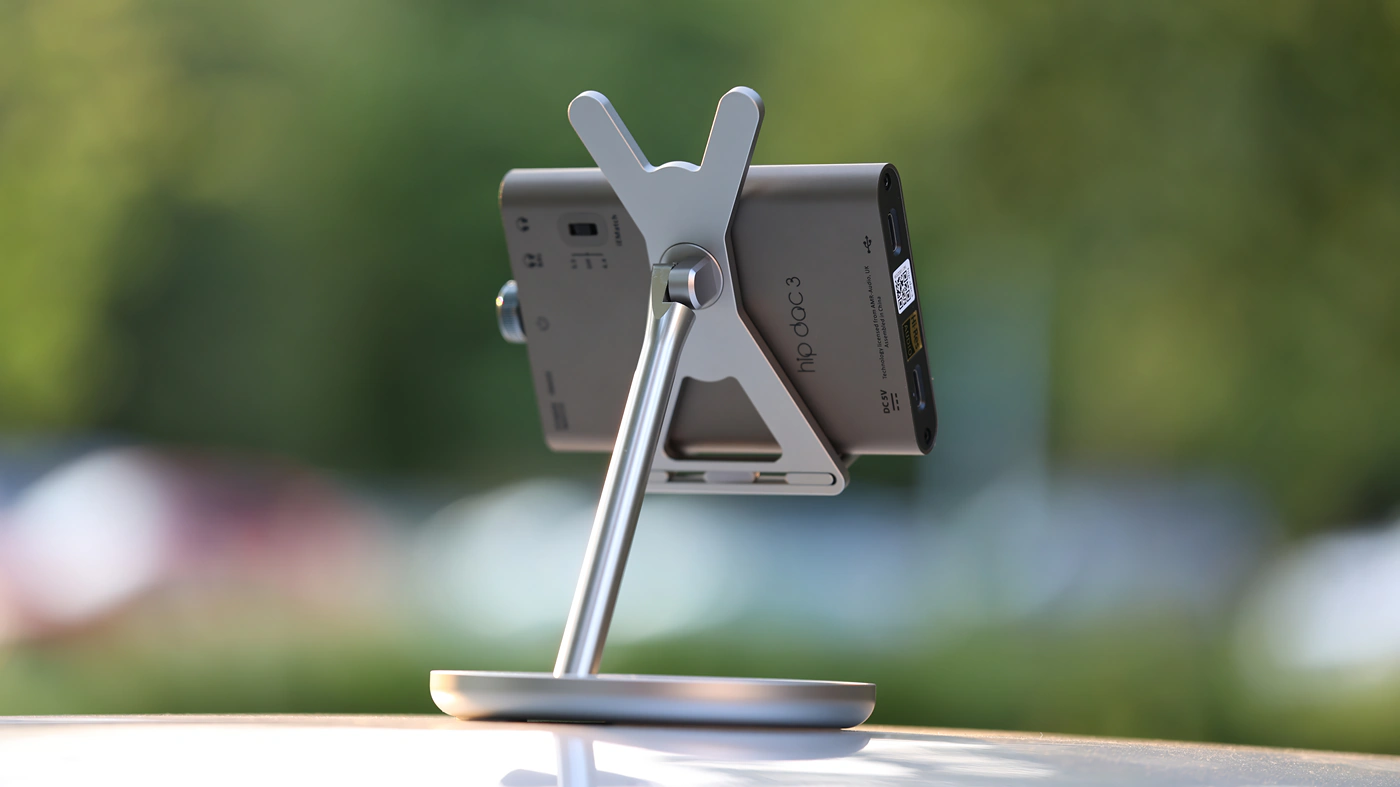
As far as the extra features go, we have the XBass which adds a bit of sub bass and mind bass, and it works in the analogue domain without using DSP. The PowerMatch button switches the gain level, to give more juice for hungry headphones. We have support for high resolution PCM up to 384 kHz, and DSD64, DSD 128 and DSD 256 support. Full MQA decoding is available, but MQA support has now been dropped by the primary source – Tidal – so I can only feel sorry for all the companies who had to pay for the licenses to use it, now the format being fully out of discussion. There is an LED light on each side of the volume wheel, which changes the color in relation to the sample rate of the incoming audio.
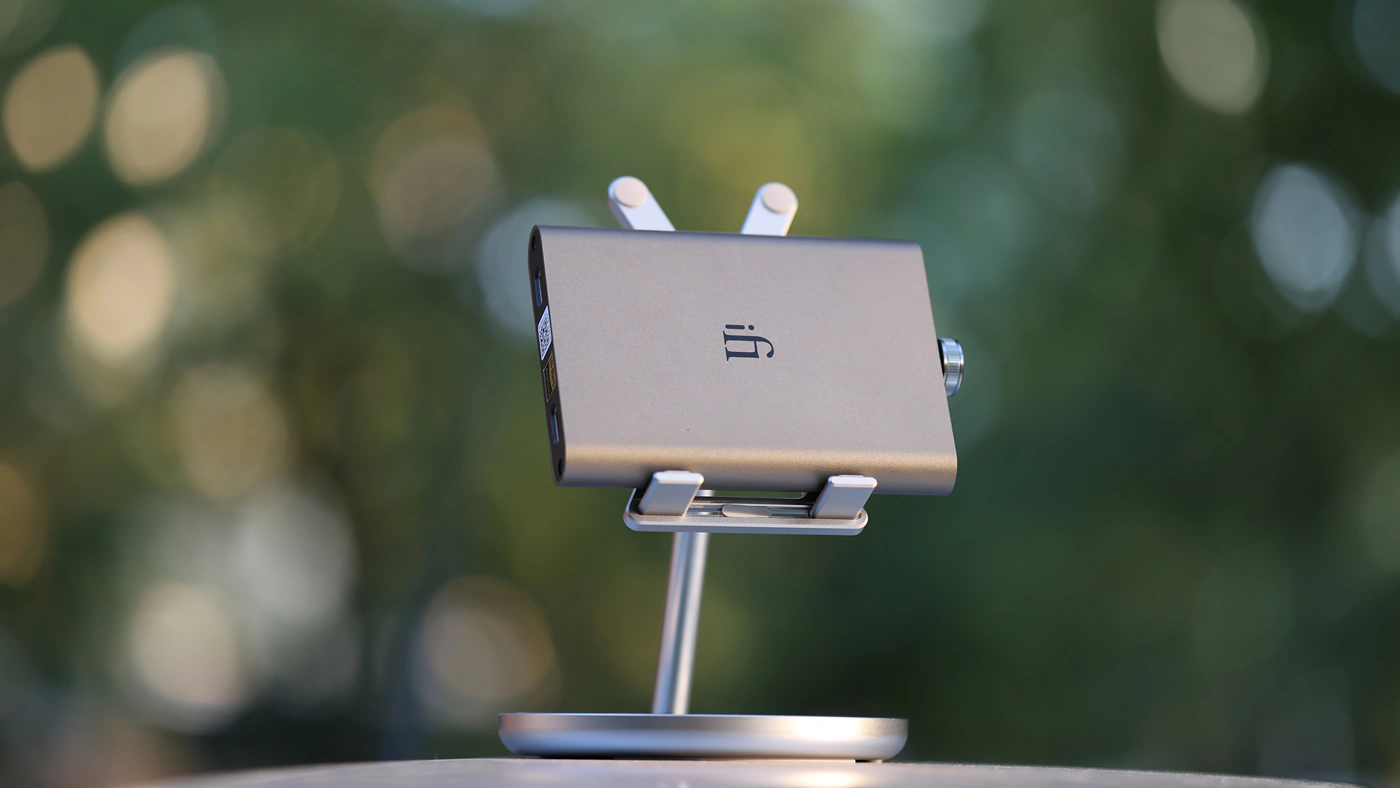
There are two headphone outputs present on the hip-dac3, a 3.5mm single ended output, and a 4.4mm balanced output, leveraging the devices differential amp design. The 3.5mm output will use ifi’s proprietary S-Balanced minimizing crosstalk and distortions for the 3.5mm SE output. To top the deal off, hip-dac3 has 2200mAh for the battery, which will offer up to 12 hours of battery life, and around 7-8 hours max in my tests, using the balanced output and medium-high volumes. There is a separate case available for purchase, but it costs an extra 29 USD, which is 15% of the hip-dac3 price. While we don’t know what DAC is used inside of the hip-dac3, we know it comes from Burr Brown as iFi has extensive experience with implementing them and generally does the best jobs at implementing them.
USB DAC / Gaming
The USB DAC function is perfect with not a single frame of perceived delay. The sound will stop while no signal is coming towards hip-dac3 and this will result in a “pop” sound audible every time you press play even if the song has been stopped for just a few seconds. This is both a result of how it is implemented for you to not hear the noise floor, and the AMP design. There is no DAC mode, and hip dac 3 is not designed to be used as a DAC for a stereo system, with no line out option. Setting the volume to max will give you a high THD, and I would recommend against it for best clarity and resolution.
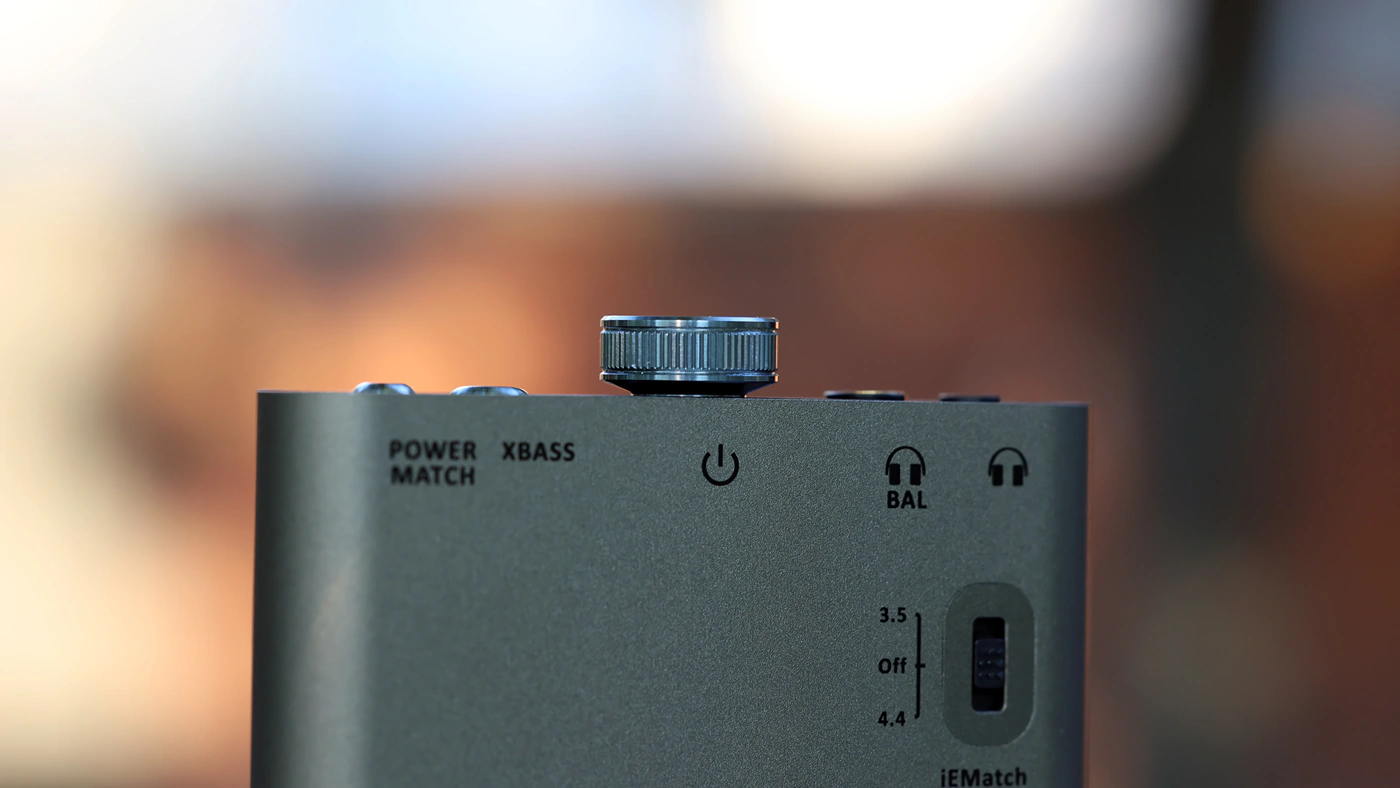
Even programs that typically cause issues like Adobe Audition works well with hip-dac3 and so does Adobe Premiere. All games work perfectly well with the hip-dac3, and as it has a somewhat dynamically compressed sound, with a strong midrange, it makes details in the midrange obvious and easily audible, giving a key advantage in shooters and action games, especially in those where spatial placement is important, although the flat presentation does not help with atmospheric games and visual novels.
Sound Quality
Pairings – Starting with the headphone list, I have paired the hip-dac 3 with a wide collection of headphones, including HarmonicDyne Eris, Sivga P2 PRO, Audeze MM-100, Crosszone CZ-10 Enhanced, Aune AR5000, iBasso SR3, and HIFIMAN Arya Organic. If you listen at quiet volumes, you will hear a controlled, clean and clear sound with a rather compressed dynamic range which brings forward details and resolution, having a similar level of clarity for the background and background, but having a wide and holographic soundstage. The midrange is clean and crisp. Somewhat forward, while the bass is flat and neutral, with the exception of the moment you engage the XBass which brings a lot of punch and impact, although it is a bloomy bass that adds presence between 50 Hz and 160 Hz, so mid and upper bass rather than sub bass. Using Power Match seems to also compress the dynamic range, like iEMatch does as I noticed in a couple of my previous reviews, so try to use hip-dac3 without PowerMatch or iEMatch if possible.

When it comes to driving IEMs, I always heard all of the iFi iEMatch products as a dynamic range compressor effect device, with the ability to actually remove the background noise, which is audible without iEmatch. The thing is, engaging iEMatch will compress the DR heavily, so you will hear a lot of details and clarity, but that wall of sound presentation typically audible in rock and metal will also be present, bass and midrange will be flattened in a single layer, while treble is also in the same layer. This being said, I have tested hip-dac3 with EPZ x Tipsy Star One, Nf Audio NA2+, Swear He-Live5, ZiiGaat Cincotres, Soundz Blade V2, 7Hz Aurora, and Questyle NHB12. Generally, I can live with the background noise even without the iEMatch engaged, and the sound has a similar presentation to that it has with headphones, although tuning is a bit brighter and has even less bass, tempting you to engage xBass even more to bring more low-end punch and extension into the sound.
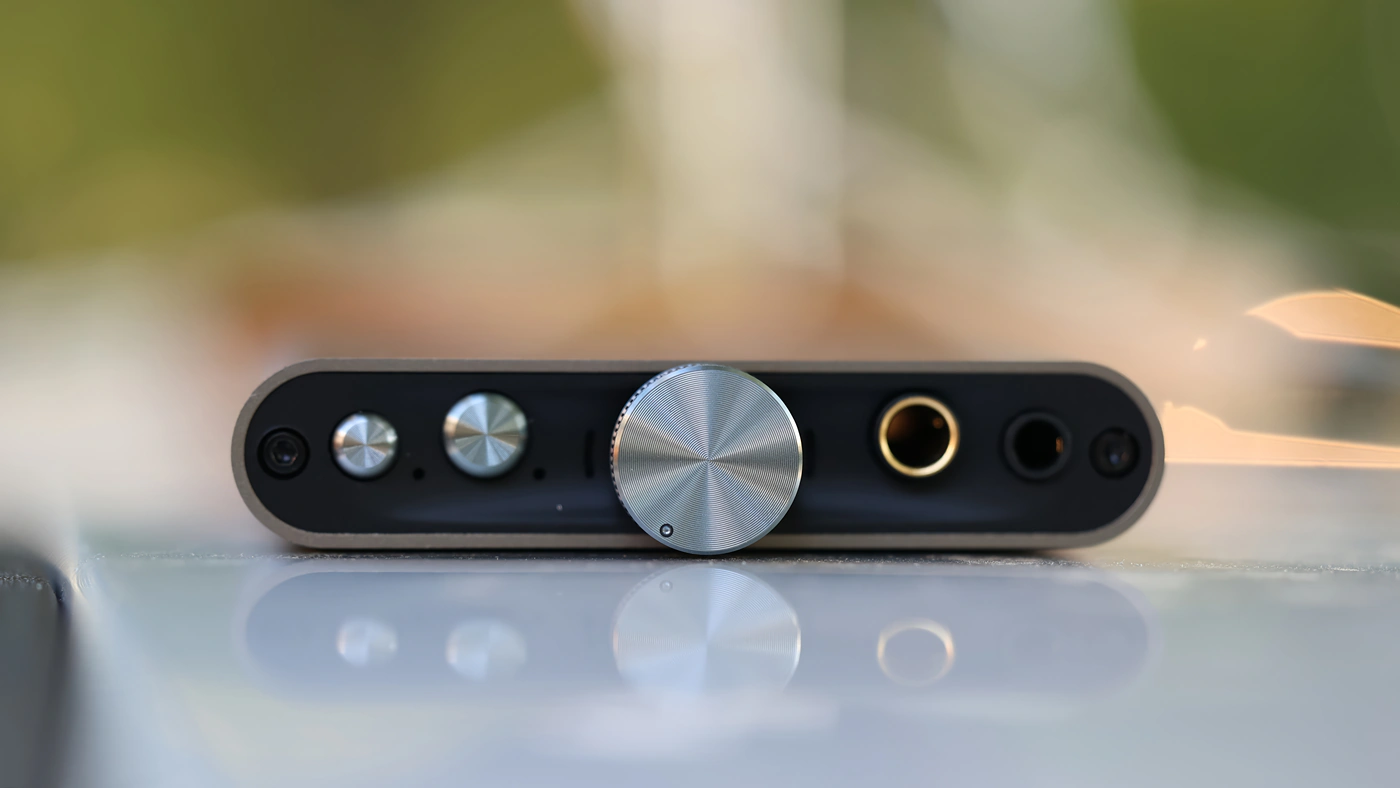
Overall Signature – hip-dac has been a line of DAC/AMPs with a fairly warm and smooth sound, but the new hip dac 3 sounds really open, somewhat bright, flat in the depth, but wide and holographic, with a strong revealing ability, compressing the background layer onto the foreground layer, allowing you to hear a lot of the details in the background in the foreground. The midrange is generally strongly driven, having a slight overdrive effect, but only slightly so, making square waves and transients strong, edgy and and hard.
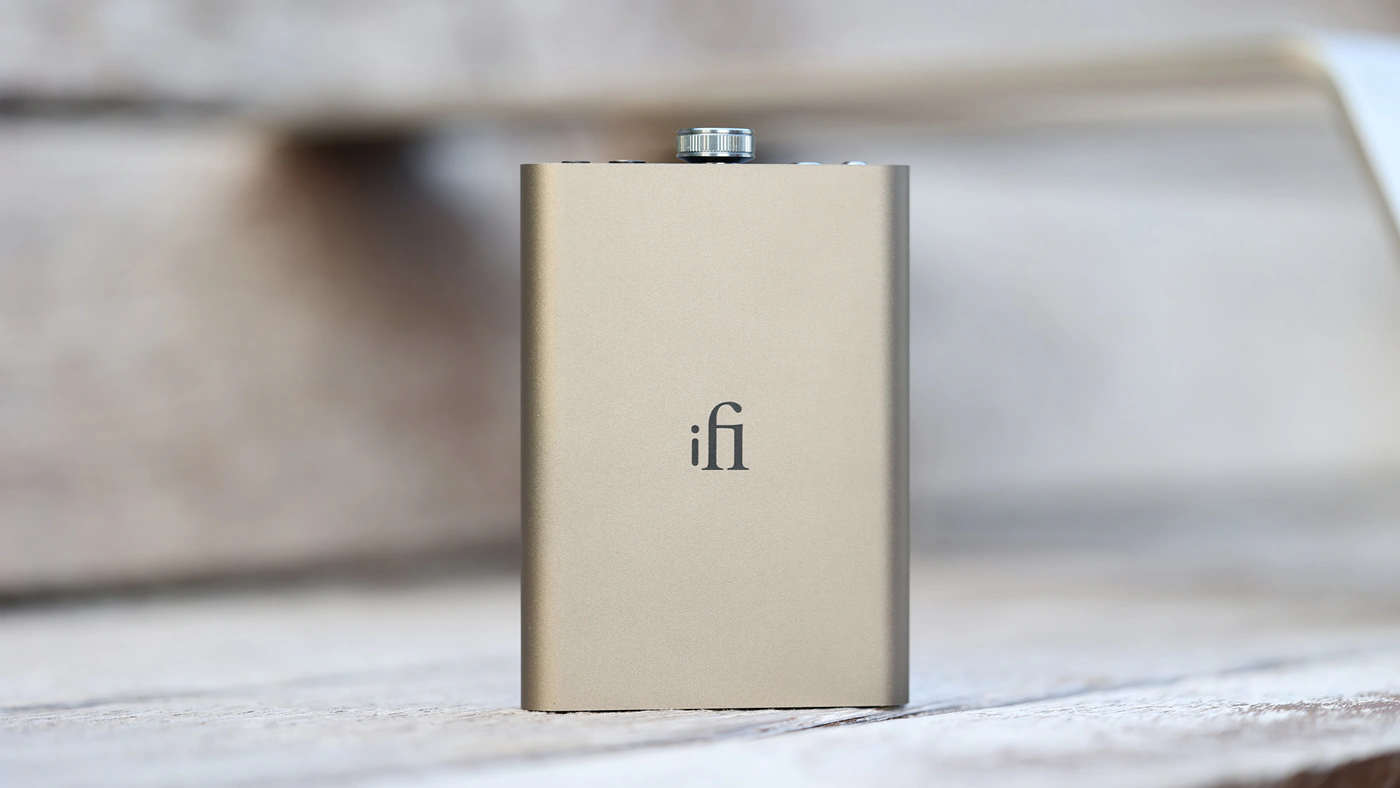
Bass – iFi is one of the few companies to have a bass switch integrated in their products, with xBass being a function that has been present ever since the first iFi product I reviewed. Without the xBass engaged, sound is warm in the midrange, but fairly neutral in the sub bass, with a brighter sound for high and low impedance levels, and best sub bass and sonic performance in the lows between an impedance of 32 OHMs and 64 OHMs. Like most of the sound of hip-dac3, the bass is fairly quick and technical without a long decay, but a quick response, crisp and even slightly dry bass response. This is great for technical and edgy styles, where the sound feels quick and revealing.
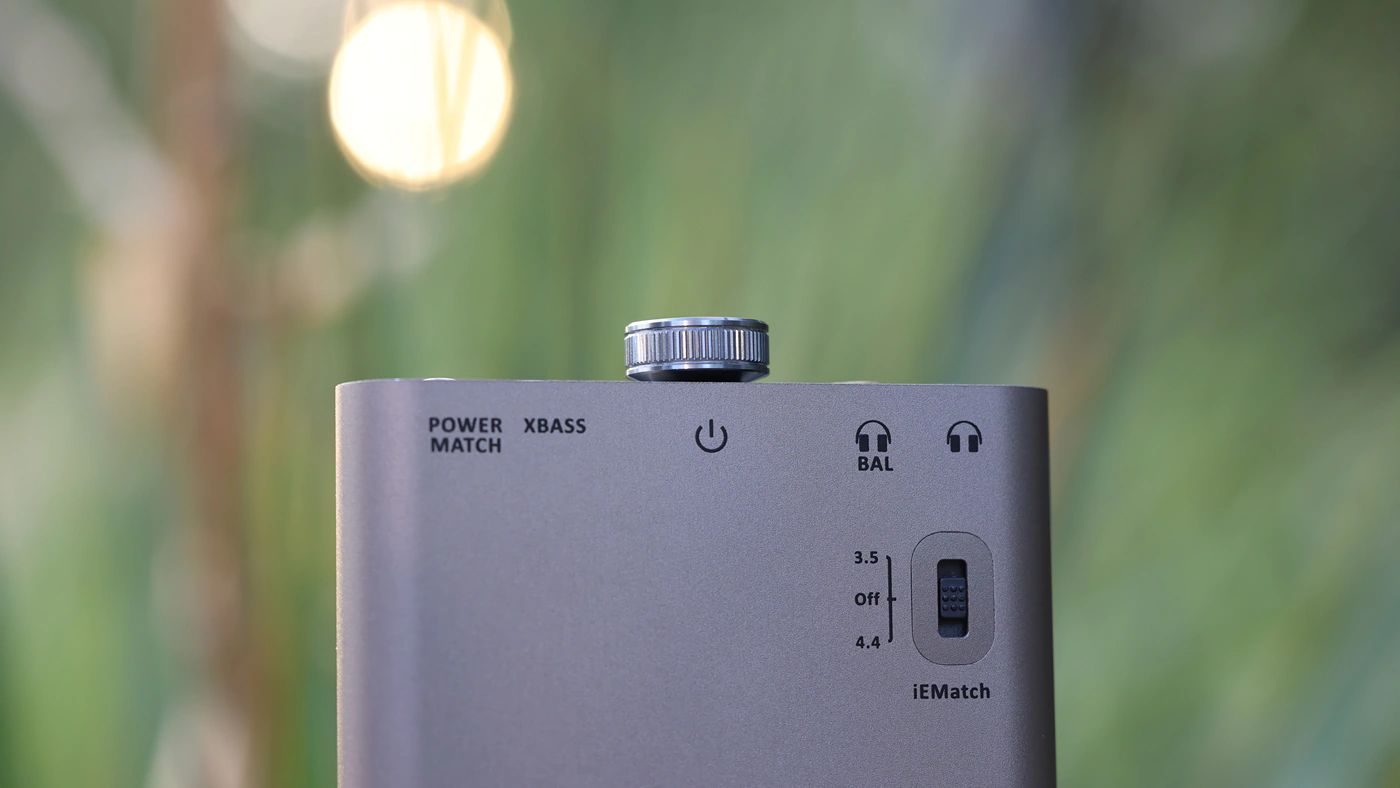
Midrange – We have a sweet-natural midrange with a good level of detail, natural male and female voicing, although there’s a tendency for hip-dac 3 to make male voices sweeter and warmer than they actually are. This also happens with female voices too, which takes away emotion in gloomy and sad songs, turning them sweeter and happier. Guitars are enjoyable, crisp, and somewhat hard, while most instruments have a strong texture, and a compressed dynamic, as background information is easily audible, almost at the same level as the foreground information. Overall, this is a raw, live and direct sound that makes live music very much alive.
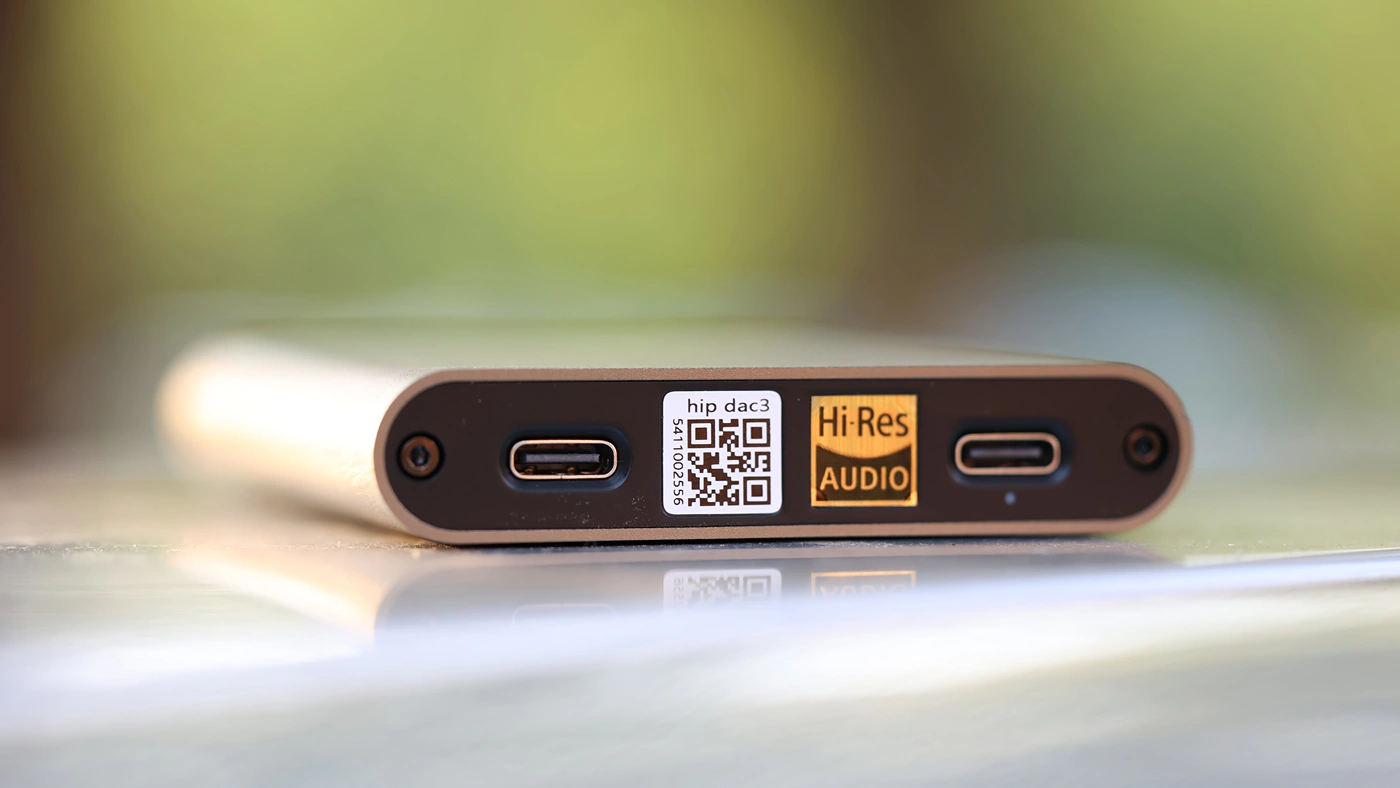
Treble – To complement everything, the top end is smooth, and it is in style with the old hip-dac entries, providing a relaxed, somewhat soft treble, although at times hip-dac 3 will show certain bits of treble loud and in your face, without a clear reason why, it feels like it is doing a high effort to bring information from the background to the foreground, and reveal as much detail and information to you as possible. Treble is generally rolled off softly by hip dac 3, but when it is present, it is hard and crisp, slightly dry and technical.
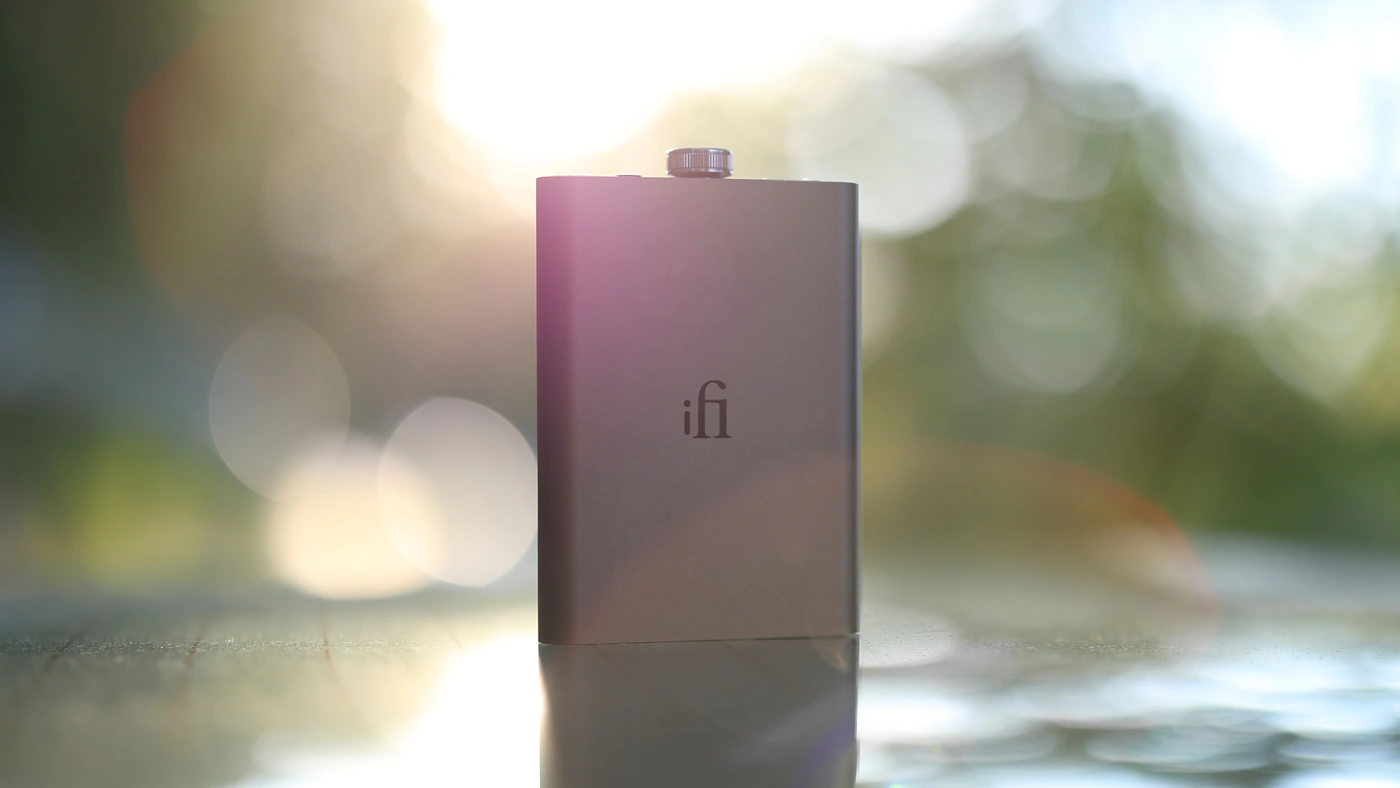
Volume Control – You generally want to use hip-dac3 without any PowerMatch or iEMatch engaged, so try to avoid them as much as possible for the best sonic result. The sound gets more compressed at higher volumes, and the dynamic range is higher at lower volumes, layering is much better at lower volumes, while bass is deeper at lower volumes, things becoming aggressive and raw at higher volumes. Hip DAC3 basically will flatten the sound and compress the dynamics if you force either iEMatch or Power Match so the more vanilla you use it, the more you’ll love hip-dac3. The idea is that iEMatch allows you to go much higher with the volume than you’d naturally be able to so you end up with a loud and compressed sound, but that happens if you try to go very loud too. Same thing happens with Power Match, it allows for more volume, at the cost of dynamic and spatial compression, as it likely feeds more voltage in the OP-AMPs without increasing the power delivery.
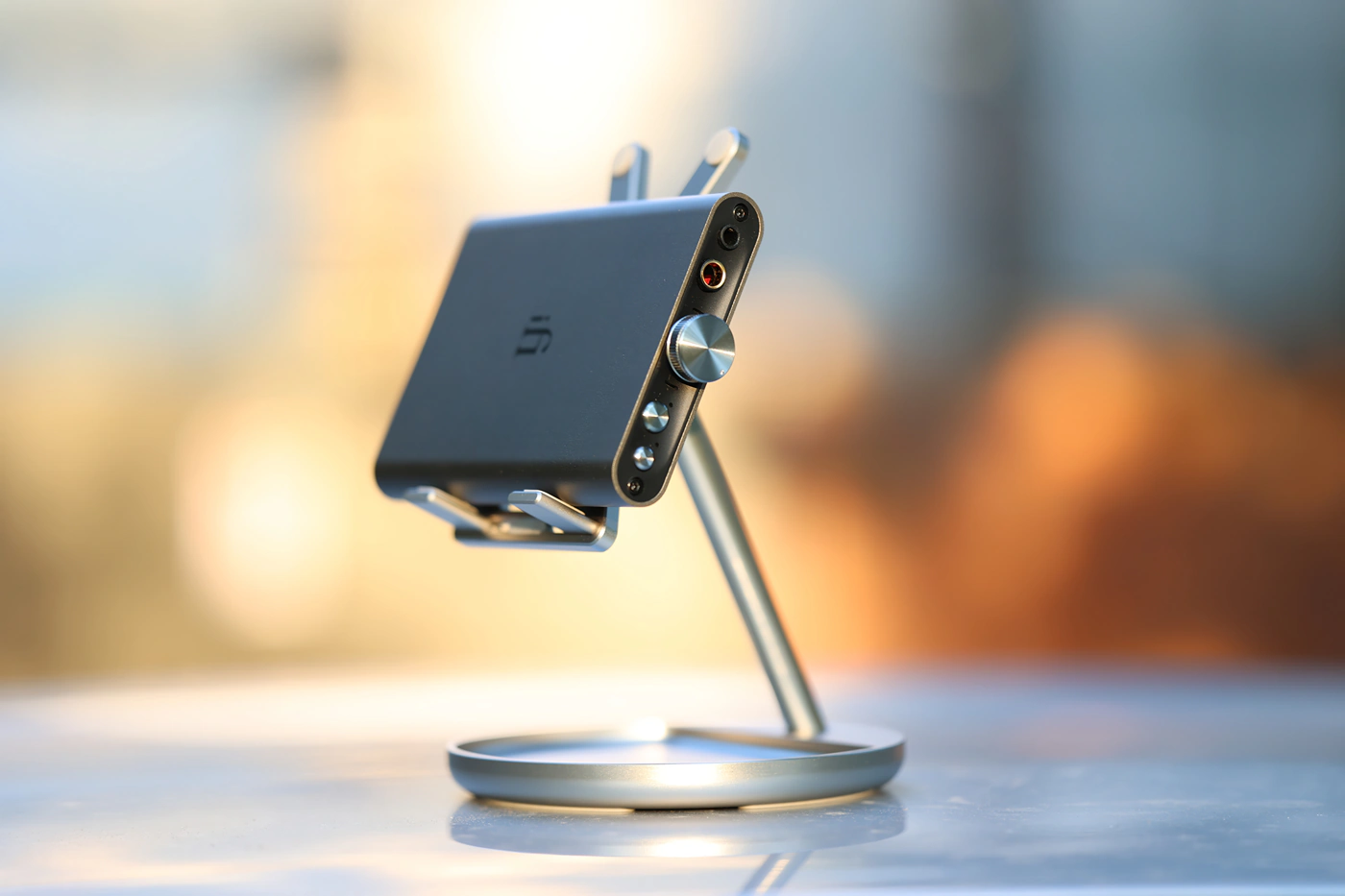
Dynamics / PRaT / Textures – Textures are generally crisp and sharp, well defined and clean, with hard edges being presented hard and crisp, while softer sounds being soft and smooth. In this aspect, hip-dac3 is very accurate and faithful to the source, with a strong resolution and good detail revealing ability. The sound is fairly dynamic and has a good separation between instruments, if you don’t engage iEMatch or Power Match, while with those engaged, it flattens, which results in much harder textures, and compression in the PRaT response as well.
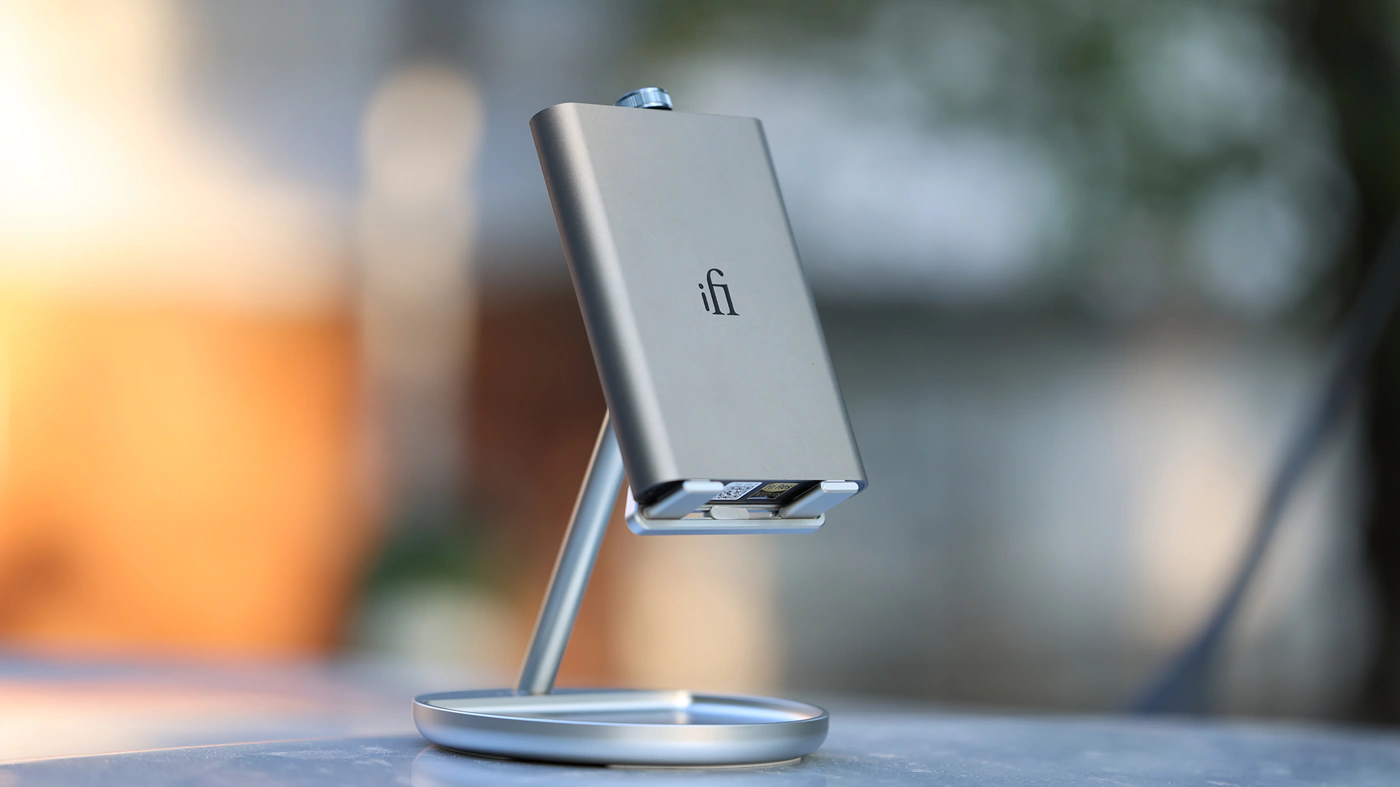
Soundstage – hip-dac 3 in general sounds somewhat intimate and personal, bringing lead instruments and voices right in your face. Soundstage is heavily affected by both iEMatch and Power Match, becoming much flatter in depth if you engage either. Without any special processing, the stage has a similar level of depth and width, but if you engage PowerMatch or iEMatch it gets wide and flat. Overall, the performance is very good for the price point, and as I see it, both iEMatch and Power Match help leverage marketing, but are not necessary to enjoy hip-dac3 and you actually can enjoy it much more without engaging them. Xbass is useful, it deepens the soundstage giving instruments more weight and substance, but it works best if you don’t have iEMatch or Power Match enabled.
Comparisons
iFi hip-dac3 vs FiiO K11 R2R (199 USD vs 169 USD) – FiiO K11 R2R is strictly a desktop DAC/AMP, so it needs continuous power to work, while hip-dac3 has a battery inside and it can be used with a smartphone on-the-go. From a price perspective, if you purchase high-quality type-c cables and the case for hip-dac3 it is almost 100 USD pricier than K11 R2R, but it can offer a slightly deeper, warmer sound, it has the useful xbass feature, and a bit more volume control with both IEMS and Headphones. The cost is a bit of extra noise in the floor with IEMS, and K11 has more driving power for very hard to drive headphones, but you’re not likely to use anything ultra hard to drive on-the-go. Hip dac3 has a slightly higher resolution and detail revealing ability, and at low and medium volumes, it controls most headphones and IEMS with more refinement, while K11 R2R is a bit more peppy and energetic, more raw and forward, especially at high volumes and if you’re using it with hard to drive headphones.
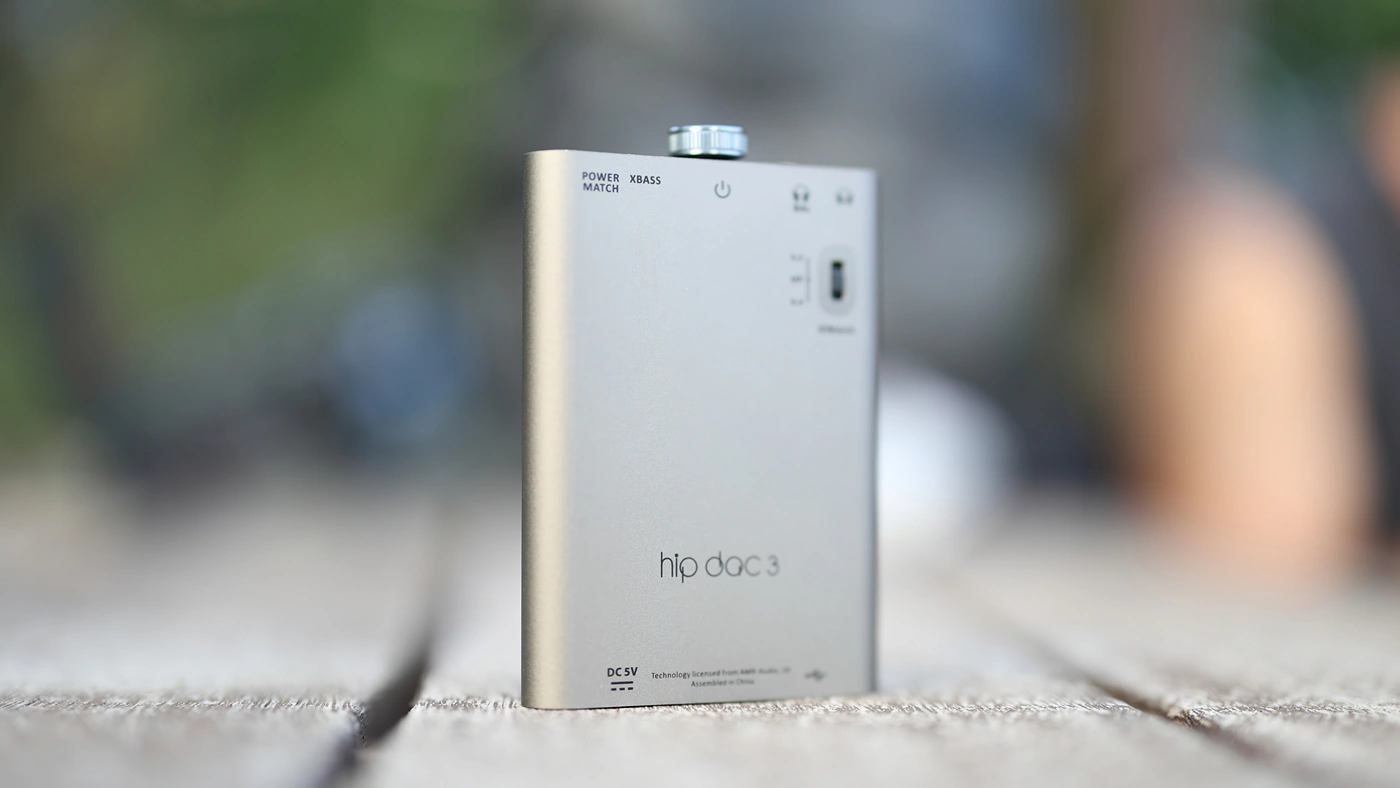
iFi hip-dac3 vs iFi Zen DAC V3 (199 USD vs 229 USD) – As both are from ifi you’d expect me to not have any reason to have a bias here, Zen DAC is a bit larger, more colorful in design, but the same color as iFi hip dac 3. Both have a good build quality, and both sound best if you don’t engage iEMatch or Power Match. Both offer a good resolution for the price paid, but Zen DAC v3 offers a more colorful, juicier midrange, it can be used as a full-sized DAC, it is quite a bit more interesting as a deal if you need a desktop unit, while hip-dac 3 is super small and convenient to use on-the-go. The treble of Zen DAC V3 is brighter, sharper and has more energy, while the treble of hip dac v3 is smoother, softly rolled off and less evident, while the bass of Zen DAC V3 is a bit deeper and stronger by default, while hip dac sounds flatter, more neutral and flatter. Overall, Zen DAC V3 has a stronger sonic performance, a more colorful sound, better resolution and more energy, but a higher noise floor and also it is to be used in a desktop setup, while hip dac 3 sounds smoother, is smaller and has its own battery.
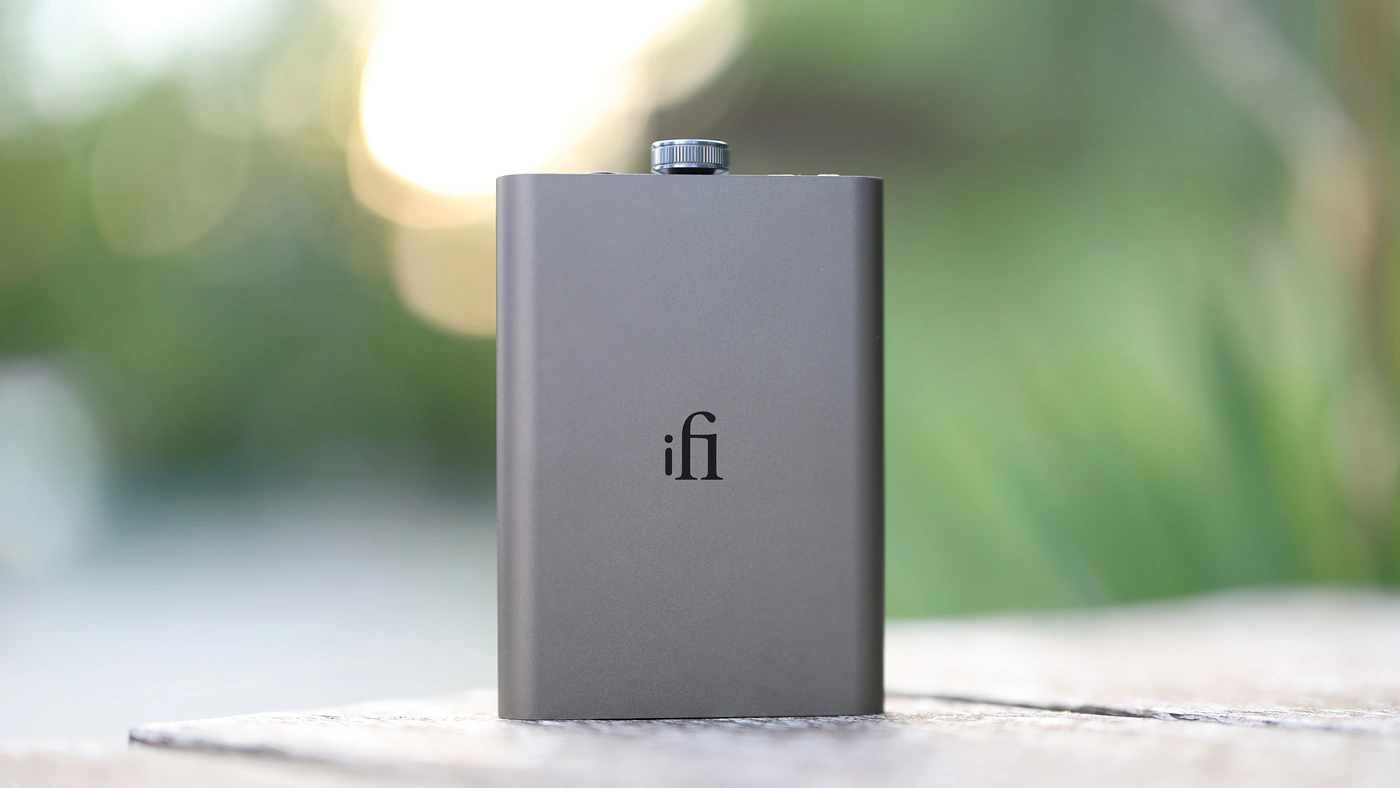
iFi hip-dac3 vs Shanling H2 (199 USD vs 169 USD) – On paper, H2 sounds very similar to hip dac 3, and they are indeed similar, although hip dac is much smaller, more portable, more ergonomic, and feels easier to transport around. Hip-dac 3 has a smooth sound that’s softly rolled off, and so does H2, the differences starting in the bass, where H2 has a strong bass, much warmer and fuller, more similar to hip dac with the xbass engaged, and H2 has a slightly lower noise floor with IEMS, although at max driving power hip dac 3 handles hard to drive headphones a bit better, with less distortion and better control, especially if you don’t engage iEMatch or Power MAtch.
Value and Conclusion
Although I often may sound like I’m not on a bright tonality this time around, hip-dac3 has excellent value and the actual sonic performance for the entry-level market is excellent, it offers a strong sound, with good contrast and good detail and resolution. The package is missing the case and as it costs 15% extra, I would have rather the price of hip-dac3 be higher with 30 USD from the start and have the case included, than need to purchase it as an extra, while good OTG cables are not included either, the package in the entry-level range being able to bring the value up or down a lot, so hip-dac3 performs well, but comes bare.
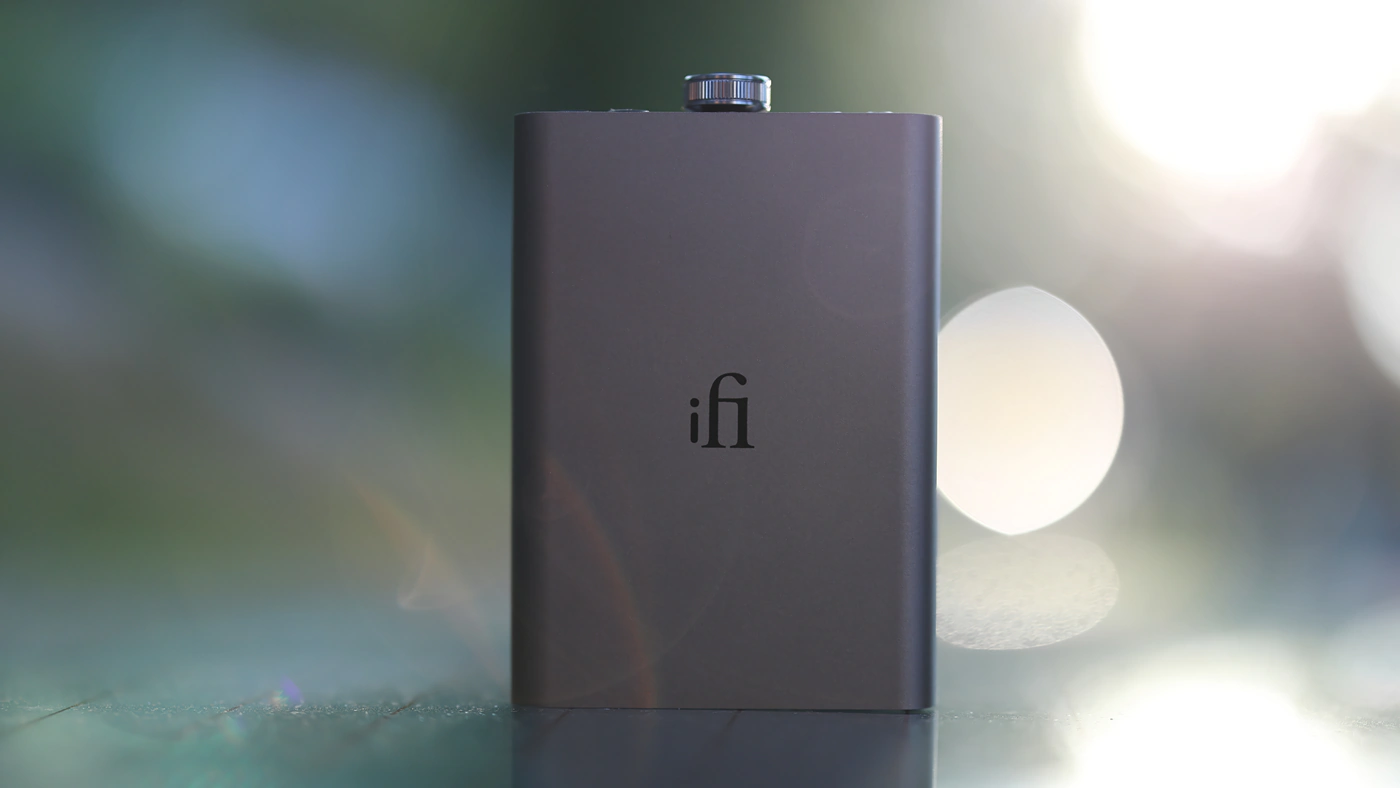
At the end of the day, if you’re looking for a smooth, competent DAC/AMP with a direct, forward sound and strong resolution, good bass performance. Especially if you listen at quiet volumes, and if you want the option to turn most headphones / IEMs into bass cannons, iFi hip-dac 3 is an excellent purchase and a fully recommended DAC/AMP today.
Product Link
Amazon – https://amzn.to/478NQw3
Aliexpress – https://s.click.aliexpress.com/e/_DEapnVV
--- Please remember to stay safe, and always have fun while listening to music!---
- If you have a dime to spare, please donate, and help us! It would make the day brighter for me and my wife-
Full Playlist used for this review
We listened to more songs than those named in this playlist, but those are excellent for identifying a sonic signature. I recommend trying most of the songs from this playlist, especially if you’re searching for new music! The playlists are different for Spotify, Tidal and Youtube, and based on the songs I enjoy and are available on each!
https://www.youtube.com/playlist?list=PL_cjBXGmwSHSdGcwuc_bKbBDGHL4QvYBu
https://open.spotify.com/playlist/5J3oloz8Riy9LxEGenOjQ0?si=979ba4f082414be7
https://tidal.com/browse/playlist/330fd544-8e5b-4839-bd35-676b2edbb3d5
--- Contact Us ---





